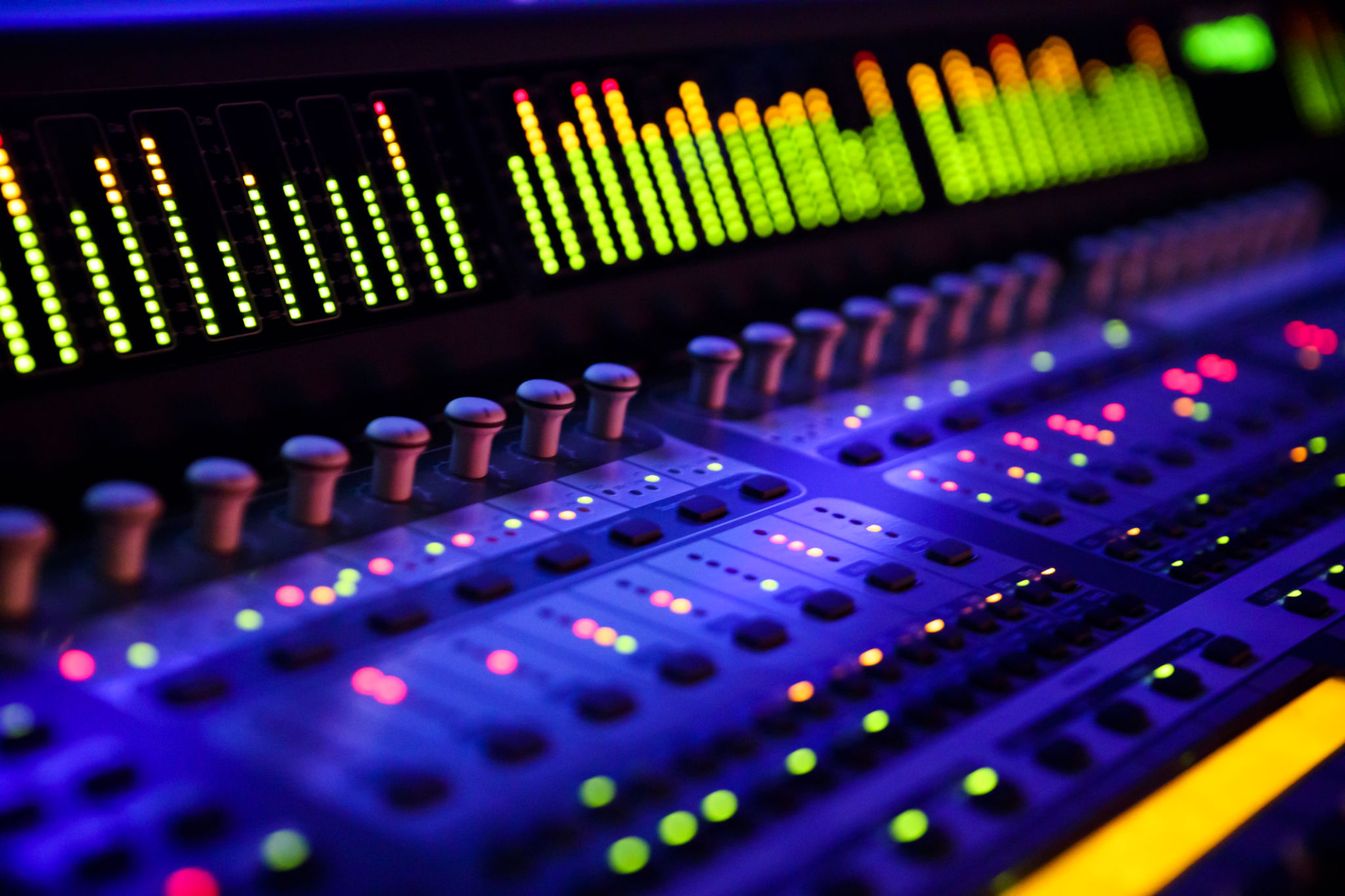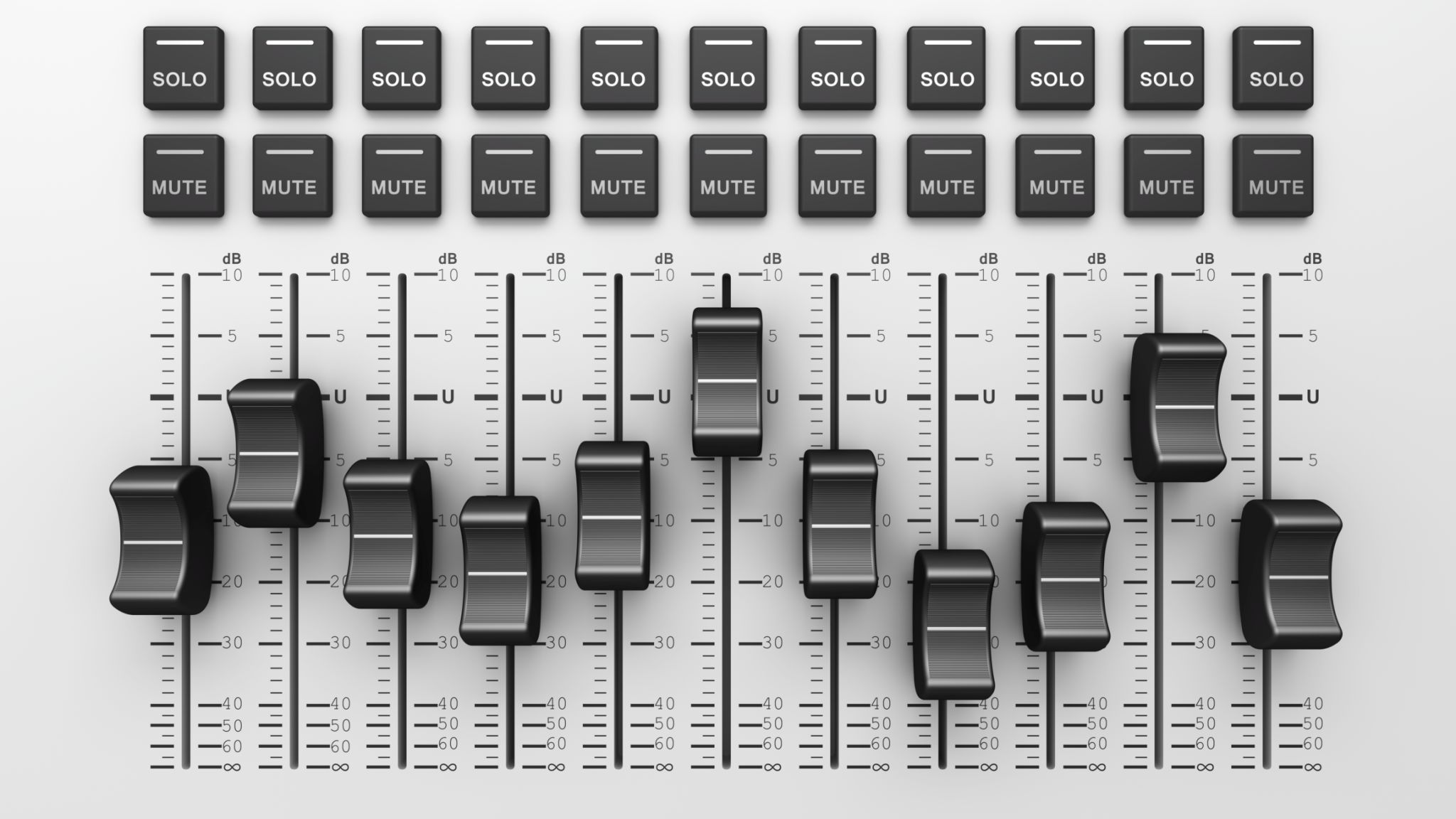The Ultimate Guide to Music Production for Beginners
Getting Started with Music Production
Music production can seem daunting at first, but with the right tools and guidance, anyone can start creating their own tracks. Whether you dream of producing chart-topping hits or simply want to experiment with sounds, understanding the basics is crucial.

Essential Tools and Equipment
Before diving into music production, it's important to equip yourself with some essential tools. At a minimum, you’ll need a computer with a decent processor and RAM. Most modern laptops and desktops are capable of running Digital Audio Workstations (DAWs), which are your primary software for music production.
In addition to a computer, investing in a quality pair of headphones or studio monitors will significantly enhance your production process. These tools allow you to accurately hear the nuances in your music, which is vital for mixing and mastering.
Choosing a Digital Audio Workstation (DAW)
The DAW is the heart of your music production setup. Popular choices include Ableton Live, FL Studio, Logic Pro X, and Pro Tools. Each DAW has its unique features and workflow, so it’s important to try a few before settling on one. Many DAWs offer free trials or beginner versions, which can be a great way to get started without committing financially.

Understanding Sound Basics
Before you start creating, it’s beneficial to understand some basic sound concepts. Frequency, amplitude, and waveforms are fundamental elements of sound that you’ll encounter frequently while producing music. Exploring these concepts will help you make informed decisions during the production process.
Building Your First Track
Once you're familiar with your DAW and have a basic understanding of sound, it’s time to start building your first track. Begin by laying down a simple beat using virtual instruments or samples. Experiment with different sounds and rhythms until you find something that resonates with you.

Layering and Arranging
After establishing a solid beat, start layering additional elements such as basslines, melodies, and harmonies. Arranging these components into sections like verses, choruses, and bridges will help structure your track. Remember, experimentation is key in this phase; don't be afraid to try different combinations.
Mixing and Mastering
Mixing involves balancing the elements of your track to ensure they all fit well together. This involves adjusting levels, panning sounds across the stereo field, and applying effects like reverb and compression. A well-mixed track is essential for it to sound polished.
Mastering is the final step in music production, where you prepare your track for distribution. It involves enhancing the overall sound and ensuring consistency across different playback systems. While professional mastering can be complex, there are many online services available that offer beginner-friendly options.

Continuous Learning and Improvement
Music production is a journey of continuous learning. As you gain experience, explore new techniques and stay updated with industry trends. Online tutorials, courses, and forums are excellent resources for expanding your knowledge. Remember, every producer started as a beginner, so embrace the learning process.
